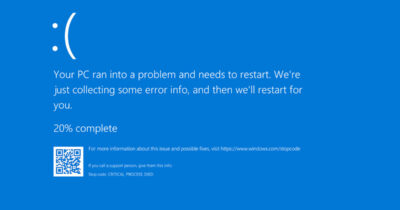Introduction to IT Infrastructure Services
- What is IT Infrastructure?
- Definition: The foundational technology environment that supports business operations, including hardware, software, networks, and data centers.
- Importance: IT infrastructure is crucial for business continuity, efficiency, and scalability.
- Why IT Infrastructure Services Matter
- IT infrastructure services ensure that your technology environment is optimized, secure, and resilient, which directly impacts business success.
2. Core Components of IT Infrastructure
- 1. Hardware
- Servers, storage devices, networking equipment, and user devices.
- 2. Software
- Operating systems, middleware, applications, and management tools.
- 3. Network
- LANs, WANs, VPNs, and the internet.
- 4. Data Center
- On-premises vs. cloud data centers, cooling, power, and physical security.
- 5. Virtualization
- Virtual machines, hypervisors, and the benefits of virtualization.
- 6. Cloud Computing
- Public, private, hybrid clouds, and cloud services (IaaS, PaaS, SaaS).
- 7. Security
- Firewalls, intrusion detection systems, encryption, and compliance.
3. Types of IT Infrastructure Services
- 1. Managed IT Services
- Outsourcing IT management to a third party for proactive monitoring, maintenance, and support.
- 2. Infrastructure as a Service (IaaS)
- Renting virtualized computing resources over the internet.
- 3. Networking Services
- Network design, implementation, and management, including SD-WAN and VPN services.
- 4. Storage Services
- Data backup, disaster recovery, and storage area networks (SAN).
- 5. Security Services
- Cybersecurity measures, threat detection, and response, compliance management.
- 6. Data Center Services
- Hosting, colocation, and management of physical data centers or cloud environments.
- 7. IT Support Services
- Help desk, on-site support, and remote assistance for troubleshooting and maintenance.
- 8. Cloud Services
- Cloud migration, management, and optimization.
4. Best Practices for IT Infrastructure Management
- 1. Regular Monitoring and Maintenance
- Tools and strategies for continuous monitoring of performance and security.
- 2. Automation and Orchestration
- Streamlining IT operations through automation tools and frameworks.
- 3. Scalability Planning
- Designing infrastructure with future growth in mind, including cloud scalability.
- 4. Disaster Recovery and Business Continuity
- Implementing backup solutions, failover systems, and recovery plans.
- 5. Security and Compliance
- Ensuring that infrastructure complies with industry standards and regulations.







 AMC / Tech Service
AMC / Tech Service IT Infrastructure
IT Infrastructure Telecommunication
Telecommunication Surveillance CCTV
Surveillance CCTV Access Control
Access Control Web & Marketing
Web & Marketing